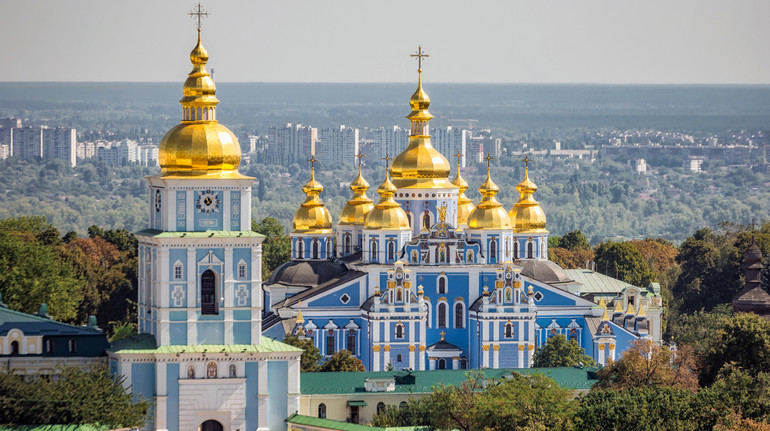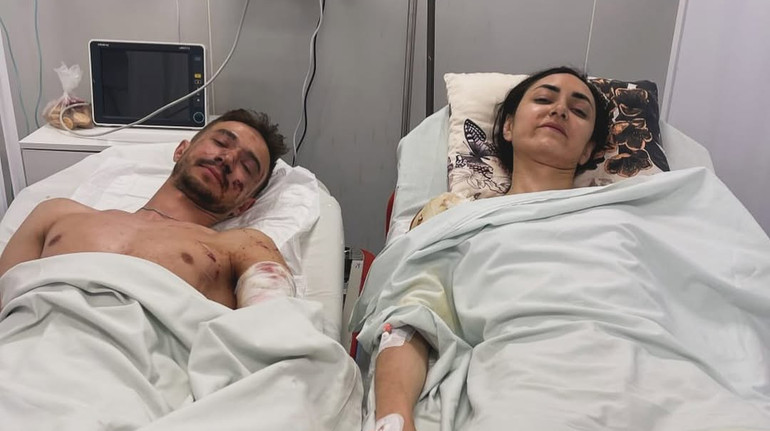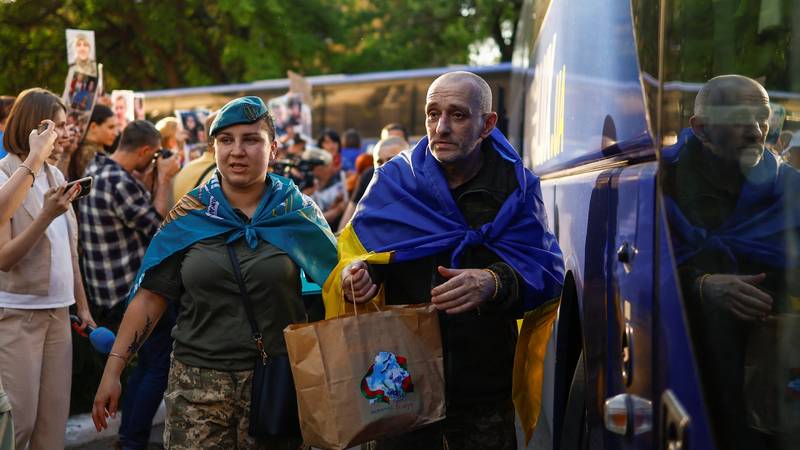What is the book « History of Ukrainian Artists. Neil Hasevich »
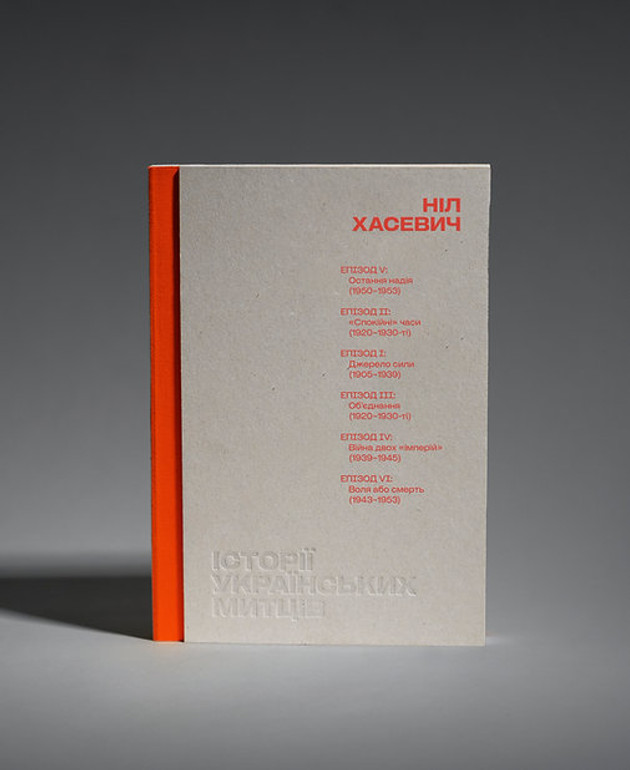
In a series of books « History of Ukrainian Artists » The second book-about the artist-graph of Nil Hasevich (1905-1952), propagandist of the OUN and the UPA, appeared from Projecter Publishing. Her author – Mrurel MazhinUkrainian font designer and font visual culture researcher. The first edition in the series explores the life and creative achievements of the artist Alexandra Exter.
What do we know about Neil Hasevich? And what is really a myth? What should the artist’s life and work look at and researchers and researchers look at? The literary observer is disassembled UP. Culture Natalia Collegin In the review for the book « History of Ukrainian Artists. Neil Hasevich ».
The phenomenon of Nila Hasevich, or what we know about the artist
Neil Hasevich as an object of study, unlike the previous heroine of a series of books about Ukrainian artists and artists of the XX century, Alexandra Exter, is less researched in popular science publications addressed to wide audience. That is, we know about Neil Hasevich even less.
Who was Neil Hasevich? A native of Duchin village in Rivne region. Son in the poor family of the priest, a representative of the rural intelligentsia. A person with a disability, who, despite the physical restrictions of his own body, participated in the national liberation struggle: his weapon was a cutter, and a tool of struggle-artwork of woodwork, one of the oldest techniques, a kind of engraving on a tree, which became an ideal way of making propaganda leaflets. Hasevich acted under the pseudo « Bay-Zot », « Levko », « Fisherman », « Bumblebee », « 333 » and « Old ».
Projector Publishing
In addition to a number of articles on the Internet and a list of scientific works about an artist, which is not so easy to hide and, moreover, not finding on the shelves of bookstores, there are more than several editions around the artist’s creative work. It’s an album « Nile Hasevich. Warrior. Artist. Legend »which was published in a small circulation of 1000 copies in 2010 in the Volyn publishing house « Teren » and collected about 120 works of the artist: drawings, woodwork, exlibris, rewards of the UPA, etc.
Or, ordered by Boguslav Lyubiv Album « Neil Hasevich. 1905-1952 », which was released in 2010 at the Panorama Publishing House with a circulation of 1000 copies. Getting these editions now is, in fact, unrealistic.
In short, Neil Hasevich is an insufficiently investigated artist. And the one who is only to become popular in the general public.
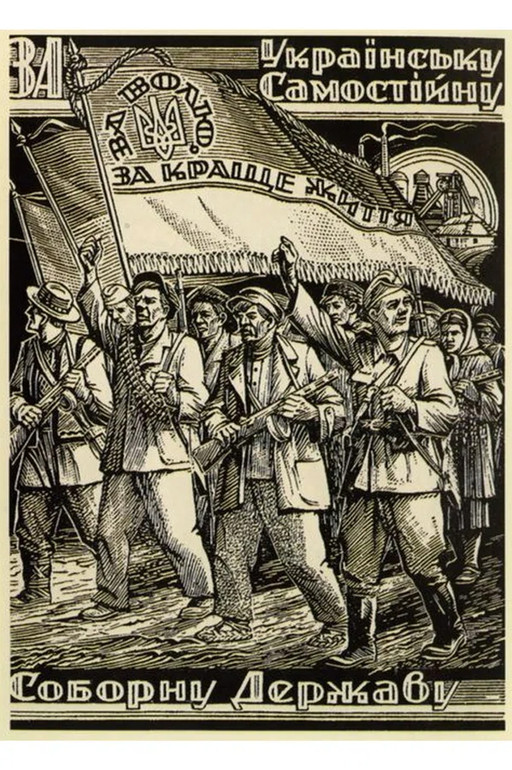
Neil Hasevich « For the Ukrainian Independent Cathedral State ». 1948, technique unknown
Historical truth
Hasevich’s saga: from content to form
What elements does the puzzle of the life of Neil Hasevich make up? How to evaluate the artist’s contribution not only to the Ukrainian Liberation Movement, but also to the development of Ukrainian graphics? What is the specificity of Nile Hasevich’s artistic language? Marcel Mazhin – a graphic designer and a fontry, took the answers to these and other questions.
The interest of Hasevich’s can be seen not only in words but also in fact-on the basis of the letters of Nile Hasevich for the UPA, she created a font « Volja », which in 2023 became another ceremonial font of the Armed Forces of Ukraine. And now she studied the life and work of the artist, overcoming various archives of materials, finding the mention of Hasevich in the memoirs of his contemporaries and contemporaries. The researcher also organized the work of graphics that were previously scattered between different publications and archives.
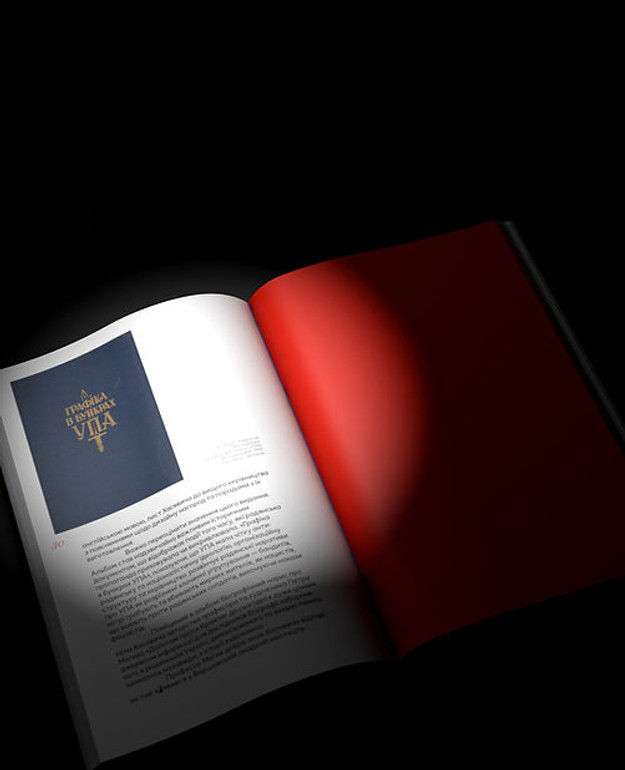
Projector Publishing
The author has chosen an interesting format for the story of Neil Hasevich – the story is built just as the adventure film « Star Wars » unfolds. Episodes from the artist’s life are not in chronological sequence.
Thus, the first becomes the history of the decline of the Ukrainian liberation movement in the early XX century, in which Hasevich took an active part. But if the reader or readers have the desire to read a linear story, then you can: episodes have their own numbering, and you can move in a logical order. However, be careful: in this way, the focus of the story offered by the author can shift.

Projector Publishing
Not the legendary Saga is the only one – Mozina creates other parallels of Hasevich’s life with films. For example, when students of the Warsaw Academy of Arts and participants of the Ukrainian Art Circle « Calm » Neil Hasevich and Vyacheslav Vasykivsky Chimer for private lessons to the old wooden, then we are not epic saga, but something in the spirit of « dreamers » of the Italian director. These two are the inspired rebels of their time, who are preparing to create a new page in the history of art.
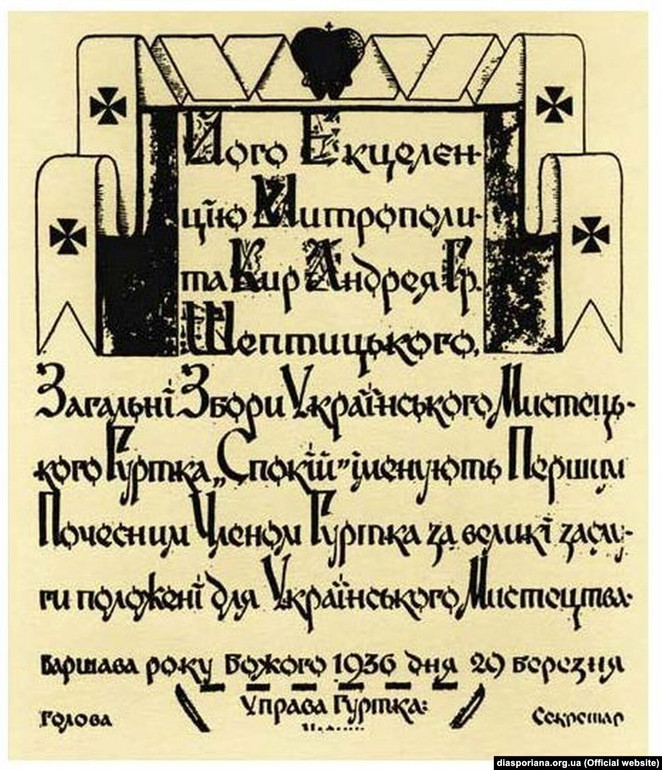
Hasevich’s letters in Metropolitan Andrey Sheptytsky
Radio Liberty
One life against the backdrop of a wider context
Marcel Mazhin confesses that collecting in the pile and arranging the facts about Neil Hasevich, she realized that she would not be able to make a puzzle of the artist’s life entirely, and therefore there would be a lot of work for future researchers and researchers.
In order to create the most complete biography of Hasevich, the author had to show a wide political and socio -cultural context in which the schedule lived and worked. Yes, let’s find out how the tranquility of the Warsaw Academy of Arts (until 1932 – the School of Red Arts) appeared and functioned, among them – many poor, but talented Ukrainians.
Mozina offers brief information about Hasevich’s like -minded people, his comrades from a close ideological circle – « as if aperitifs – a kind of a glass of mineral water or a glass of dry white before the main course. »
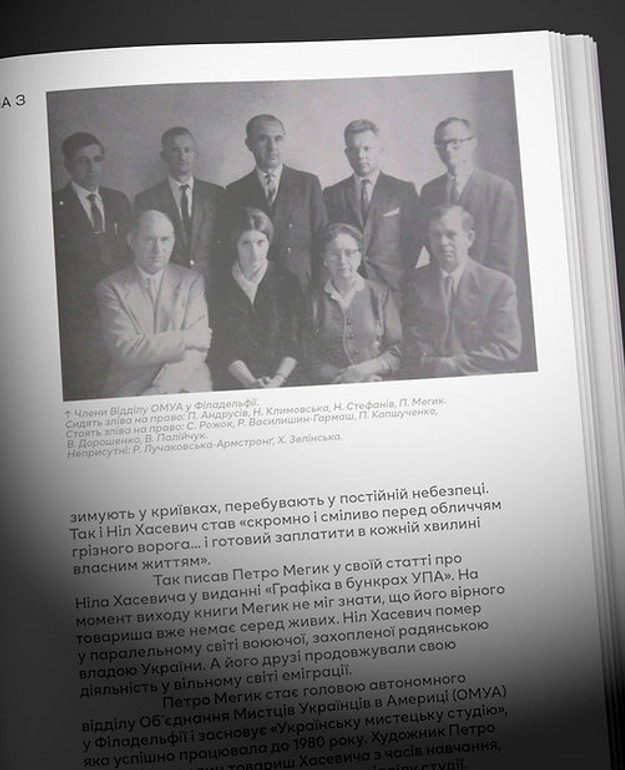
Mozina offers brief information about Hasevich’s like -minded people, his comrades from a close ideological circle
Projector Publishing
And we find out that after the war, Petro Megik emigrated with his wife to the United States, opened a Ukrainian art studio in Philadelphia, published the Notes on Art and became the head of the local department of OMUA (association of artists of Ukrainians in America).
Another Comrade Hasevich Petro Andrusov moved to Philadelphia in the late 1940s, taught at the Ukrainian Art Studio, edited Megik a magazine and became one of OMUA co-founders and active members.
The logical question arises: what would happen to Nile Hasevich if he chose emigration, not a weapon in the Ukrainian liberation struggle? He probably could have made a lot of things, made a more noticeable contribution to the development of Ukrainian graphics from abroad.

Neil Hasevich « The will of the people, the will of man. » May 23, 1948, wood.
Historical truth
Instead, Hasevich, despite the fact that he was a person with disabilities, fell to the UPA information struggle, headed the political and propaganda link of the UPA-North Group. There he was engaged in the design of newspapers and « Fly », developed sketches for boophones (the currency of the UPA, abbreviated as « battle fund »), created portraits of leaders of the OUN and UPA, and still attached anti-Soviet propaganda until he died at the hands of the Soviet special services.
Value – in detail
The author of the book « History of Ukrainian Artists. Nile Hasevich » Marcela Mazhin is convinced that where the indifferent reader will see a dry list, the inquisitive mind will find a treasure.
When the researcher encounters the list of people whose personal libraries, Neil Hasevich creates personal exlibris, the designer decides to find out who these people and what the artist had. Thus, Mazhina establishes persons of 21 owners and owner of exlibris, and at the same time find out how diverse the social ties were in Hasevich.
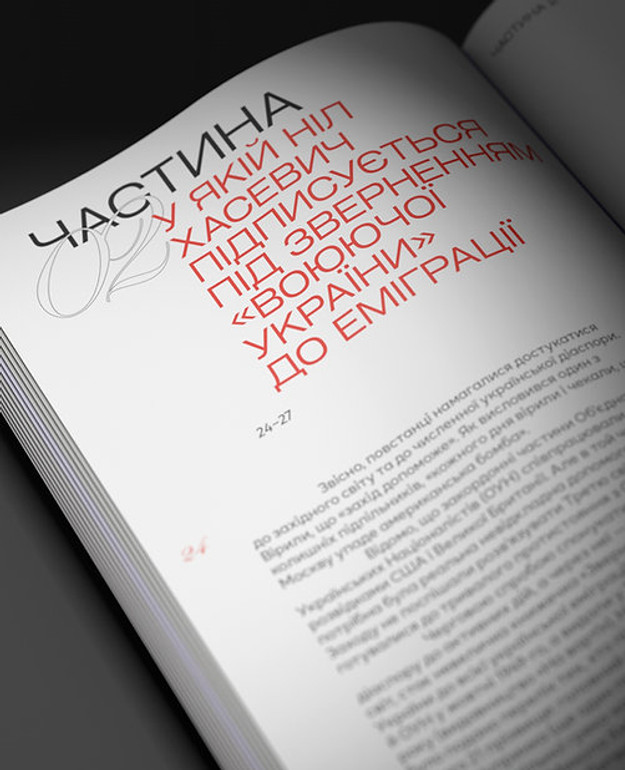
Where the indifferent reader will see a dry list, the inquisitive mind will find the treasure
Projector Publishing
Moreover, the lists of works are sometimes perhaps the only evidence of their existence. Yes, say, the Calm « Calm » created catalogs of works of its participants in annual exhibitions. Mozin managed to find only a few of them.
The author writes: « The drawings of Hasevich, who was called the enemy of both Soviet Ukraine and the communist regime of Poland, were destroyed, lost and forgotten« . What of the lost we can find?

